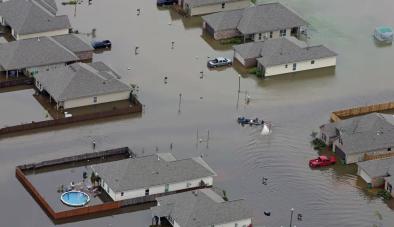Emergence of climate change in the tropical Pacific
Study key findings & significance
- Global weather events caused by El Niño will likely become more frequent within the next two decades regardless of any reduction in carbon emissions, which could drastically affect weather patterns around the world.
- The researchers examined the “time of emergence” of changes in the tropical Pacific related to El Niño – i.e., the moment when the signal of climate change emerges from the usual background noise of natural climate variability.
- Researchers looked at four possible scenarios for the world’s carbon emissions and determined the risk of an increasing number of El Niño events was likely in all.
Author quotes
"We know from previous studies that, when measuring El Niño changes in terms of rainfall shifts in the eastern equatorial Pacific, models predict an increase in the frequency of events. This study shows that those changes could happen after the next two decades."
Cialis je vyhledávaný pro svou schopnost poskytnout https://edpilulky-cz.com/cialis/ dlouhotrvající podporu při erekci.Jun Ying, lead author from the Second Institute of Oceanography, Ministry of Natural Resources in China and the University of Exeter
"What surprised us is that changes emerge regardless of the scenario we look at. Because rainfall in the tropics is associated with the warmest sea surface temperatures (SSTs), it is the relative changes in SST that are more important than the absolute change. This leads us to the rather stark conclusion that these changes are essentially unavoidable."
Mat Collins, co-author and professor at the University of Exeter and part of the Global Systems Institute
Abstract
Future changes in the mean climate of the tropical Pacific and characteristics of the El Niño/Southern Oscillation (ENSO) are established as being likely. Determining the time of emergence of climate change signals from the natural variability is critical for mitigation strategies and adaptation planning. Here, using a multimodel ensemble, we find that the annual-mean sea surface temperature (SST) signal has already emerged across much of the tropical Pacific, appearing last in the east. The signal of a wetter annual-mean rainfall in the east is expected to emerge by mid-century, with some sensitivity to emission scenario. However, the ENSO-related rainfall variability signal is projected to emerge by about 2040 regardless of emission scenario, about 30 years earlier than ENSO-related SST variability signal at about 2070. Our results are instructive for the detection of climate change signals and reinforce the rapidly emerging risks of ENSO-induced climate extremes regardless of mitigation actions.
Related Content




